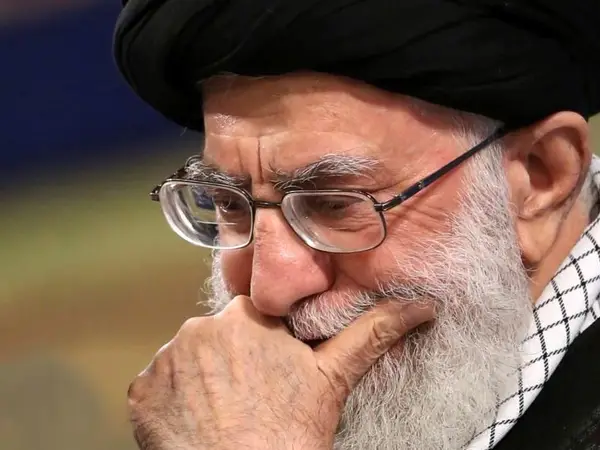Politicians are debating constitutional changes suggested by a former senior lawmaker, that might turn Iran from a presidential into a parliamentary system.
Last week, former deputy Majles Speaker Mohammad Reza Bahonar suggested to Iran's Supreme Leader Ali Khamenei to put an end to the embarrassing political impasse in Iran and allow strong political parties to compete for parliamentary seats.
Conservative politician and former lawmaker Hossein Kanani Moghaddam said in an interview with Nameh News website that the June 2021 election was probably Iran's last Presidential election and the current political system headed by a president is likely to be replaced by a parliamentary system that elects a prime minister from among the members of parliament.
Moghaddam agreed with Bahonar that Iran's current political system needs a revision. Earlier, Bahonar had suggested that Khamenei should allow forming an assembly to revise the constitution or order a referendum on constitutional changes. The idea, however, was first put forward by Khamenei himself in 2011 when serious differences emerged between him and -then- President Mahmoud Ahmadinejad.
Moghaddam said that more than three decades after the last revision, it is now time to reconsider it and give more opportunities to political parties.
The first revision of the assembly in 1988 was done shortly before Khomeini's death to prevent discord among the politicians after his death. It appears that the call for changes and the debates about how to make them follows the same rationale today.
Reformist politician Mahmoud Mirlohi agreed in an interview with ILNA, that the revision called for by Bahonar means a shift from the presidential system to a parliamentary one. Reminding that the first revision of the Constitutional Law was done under the first Supreme Leader Ruhollah Khomeini, Mirlohi said that the Constitution needs a revision at least once every 10 years. However, he noted that reformists and various conservative groups might have different ideas about such a revision.
The idea could also be a solution to prevent a post-Khamenei crisis of leadership when the new leader would be possibly not as powerful as Khamenei and might face a challenge by a popularly elected president. In a parliamentary system the head of the government would have a weaker position than a president and can be voted out by parliament.
Iran International TV analyst Morad Veisi wrote in a February 6 tweet that while a majority of Iranians favor a secular government, calling for constitutional changes will lend further legitimacy to the dictatorship of Iranian Shiite clerics.
Meanwhile, in an article in Khabar Online on Monday, Columnist Mohsen Mandegari characterized the call for constitutional change as "a dangerous plot" and wrote that what has so far prevented such a revision is the divide between the ruling hardliners and reformists who have been largely pushed out of the core. The ruling conservatives are going to have the upper hand in a constitutional assembly.
Former lawmaker Mehrdad Lahouti also said that the situation is not ripe for attempting a revision of the constitution because a parliamentary system depends on strong and organized political parties, which Iran lacks.
On the other hand, lawyer Mahmoud Alizadeh Tabatabai, a member of the Executives of Construction Party agreed with Bahonar that Iran needs a parliamentary system with two chambers., and Abolghasem Raoufian, the leader of the Islamic Iranzamin Party opined that the constitution is not the word of God, so it can certainly be changed.
Based on the current constitution, the members of a constitutional assembly should be determined by the Supreme Leader. After the assembly ratifies the changes, the Leader will call for a referendum to ratify the changes.
